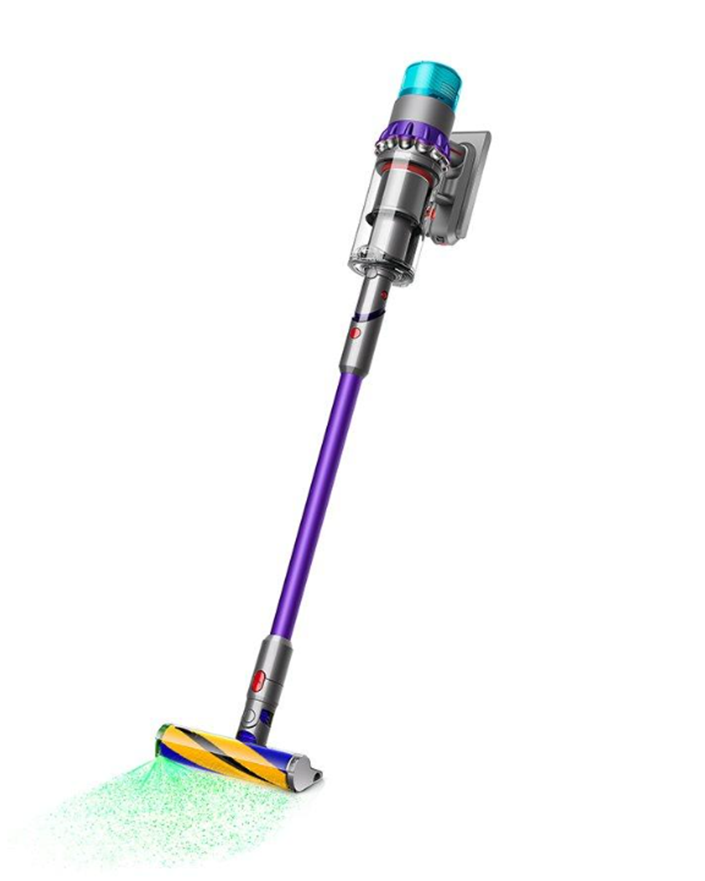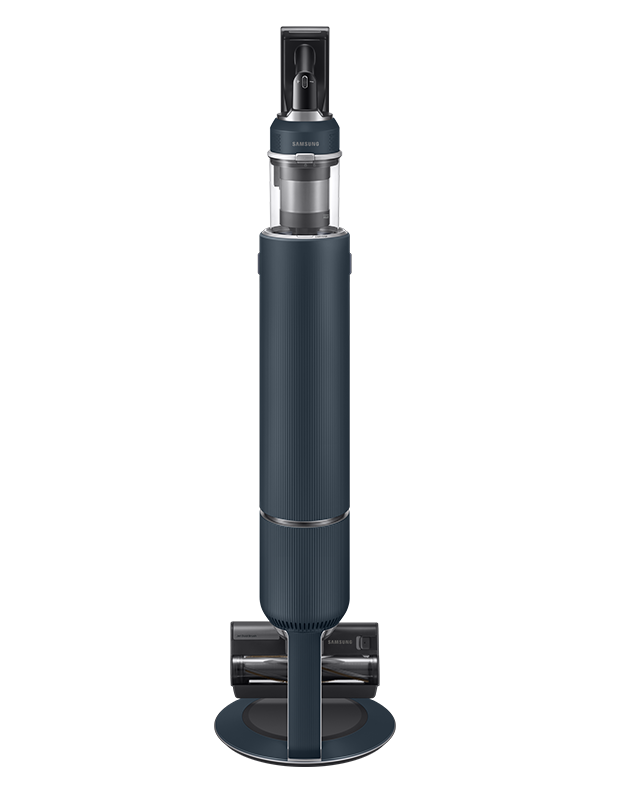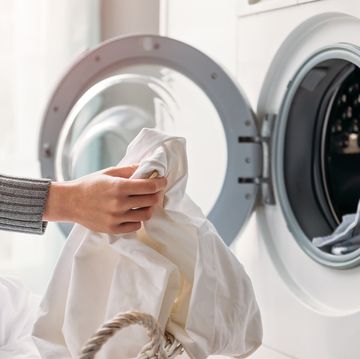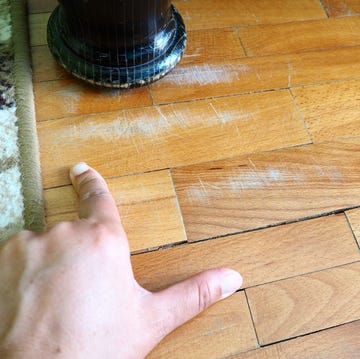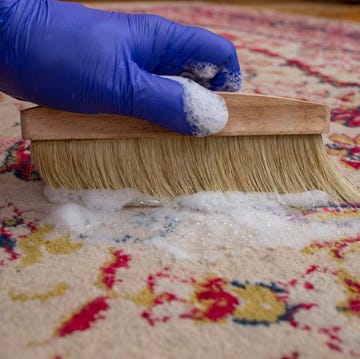My vacuum stinks lately. So much so, that my home is filled with the residual smell with each use. It’s so disgusting that I’ve been trying to speed clean to keep it to a minimum. The smell can only be described as likened to that of stinky feet; it’s clearly bacteria that has accumulated inside, contaminating the air as it’s vented back out again.
I assumed the source of the smell was the washable filter. I’ve rinsed and cleaned this time and time again, but bacteria (and the stinky smell) remained prominent. So, I bought a replacement, thinking this would solve the problem once and for all. Unfortunately, the smell still persists, albeit less prominently. I was determined not to buy a new vacuum because of this smelly development, so I broke out the big guns – I gave my vacuum a bath. Here’s what happened.
How to deep clean a vacuum cleaner
First and foremost, you should follow your manufacturer’s care and cleaning instructions to avoid damage the appliance and voiding your warranty. If none are given or the smell still persists and you’re willing to take the risk, here’s what you can do.
I started off by emptying the residual dust out of the canister and then I removed the loose hairs from the brush bars, teasing them away gently at first then using nail scissors to cut away those that were wound tight.
Once this was done, I separated the parts and accessories. This included removing the canister from the motor and taking the brush bar out of the floor heads, as well as carefully removing the filter (which always seems to be covered in dust). I then sorted the parts by what contained electrical components and what didn’t.
Generally speaking, accessories such as the crevice tool, and the soft brush don’t contain electric components, but you can always confirm this with the manufacturer if you’re unsure. Keep in mind that the hose and floor head will both likely contain electrical components if there’s a rotating brush bar.
Now, for the main event. I filled my sink with warm soapy water, using a washing-up liquid with a pleasant scent in the hopes that it would have an impact. If you have quite a few parts to wash, you could use the bath instead to give yourself more space.
I combined the washing-up liquid with the water until it was sudsy and then added the non-electrical parts to soak for 10 minutes. Once time was up, I scrubbed each part with a soft sponge, making sure all residue was removed. I found a soft-bristled toothbrush was ideal for reaching into the crevices on the canister. Then the soap was rinsed away and each part was dried by hand and then left to air dry fully.
It’s essential to make sure the soap is fully rinsed away, or else it could leave residue behind that contributes to further dust build-up. Also take care to dry each part by hand as best you can before leaving to air dry fully for 24 hours. Submerging in water can also encourage rust, so do this at your own risk.
Next, I tackled the so-called ‘new’ filter. Within a few weeks it was already coated in dust and was crumbling away all over my floors. I knocked off the worst into the bin and then rinsed what remained under cold running water, carefully scrubbing by hand until it was clean. After this, I shook it as best I could to remove the residual water and then left it for 24 hours to finish drying in a ventilated spot.
Do not use any kind of detergent to clean your filter; it could ingress the motor and affect performance.
I then moved back to the electrical components which would require more care. For the hose, I wiped the exterior with a lightly dampened cloth (well wrung out with minimal moisture), while avoiding any electrical components. I then used a drain deblocking brush to clear any trapped hairs from inside. I was surprised by how much dust puffed out the end.
The floor head had become very dusty around where the brush bar was fitted. There was also a lot of residual dust that had built-up and become trapped at the back of the head. I removed the bulk of the dust by hand (not a nice task) and then tried my best to reach the damp cloth around the window without touching any electrical components, but this was tricky. I reached what I could and then used the dry drain brush to carefully scrub away the rest.
I quickly wiped over the main unit where the motor is housed; with the filter removed, much to my disgust, a pile of dust spilled out onto my lap as I did so. So I took it over to the bin and gave it a shake – a lot more came out from both ends. All in all I was surprised how much dust this vacuum was hiding outside of the canister. Once it was all out, I left everything to dry for 24 hours.
Verdict
The parts certainly looked better by the time I was finished with them. But the all-important question was: did it still smell?
At first I thought it had all been for nothing; as I pulled the trigger, the blast of air from the vent made me recoil with the same disgust. But as I pushed the vacuum over the carpet, I knew something had changed. You could feel the difference in power immediately - the pickup was like new again. Then, after a few minutes of new and improved vacuuming I realised the smell was gradually fading. I could even vacuum the bathroom without having to spritz a room spray behind!
I was chuffed by what a difference my efforts had made. It wasn’t free of smell, but there was a significant improvement. On top of that, when I emptied the freshly cleaned bin, the dust slipped out seamlessly without jamming and needing to be plucked out by hand, so the whole process had benefitted.
You might judge me for letting my vacuum get so bad – I certainly do. But I think taking the time to deep clean this appliance as opposed to throwing in the towel and buying a new one is a much better way to go. Put it like this, if I notice the dirt building up again, I will take the time to wipe it away and run the bath as needed! I’m so proud I might even leave my vacuum on display for my friends and family to see.
If your vacuum really has bitten the dust, here are the GHI’s top scorers:






